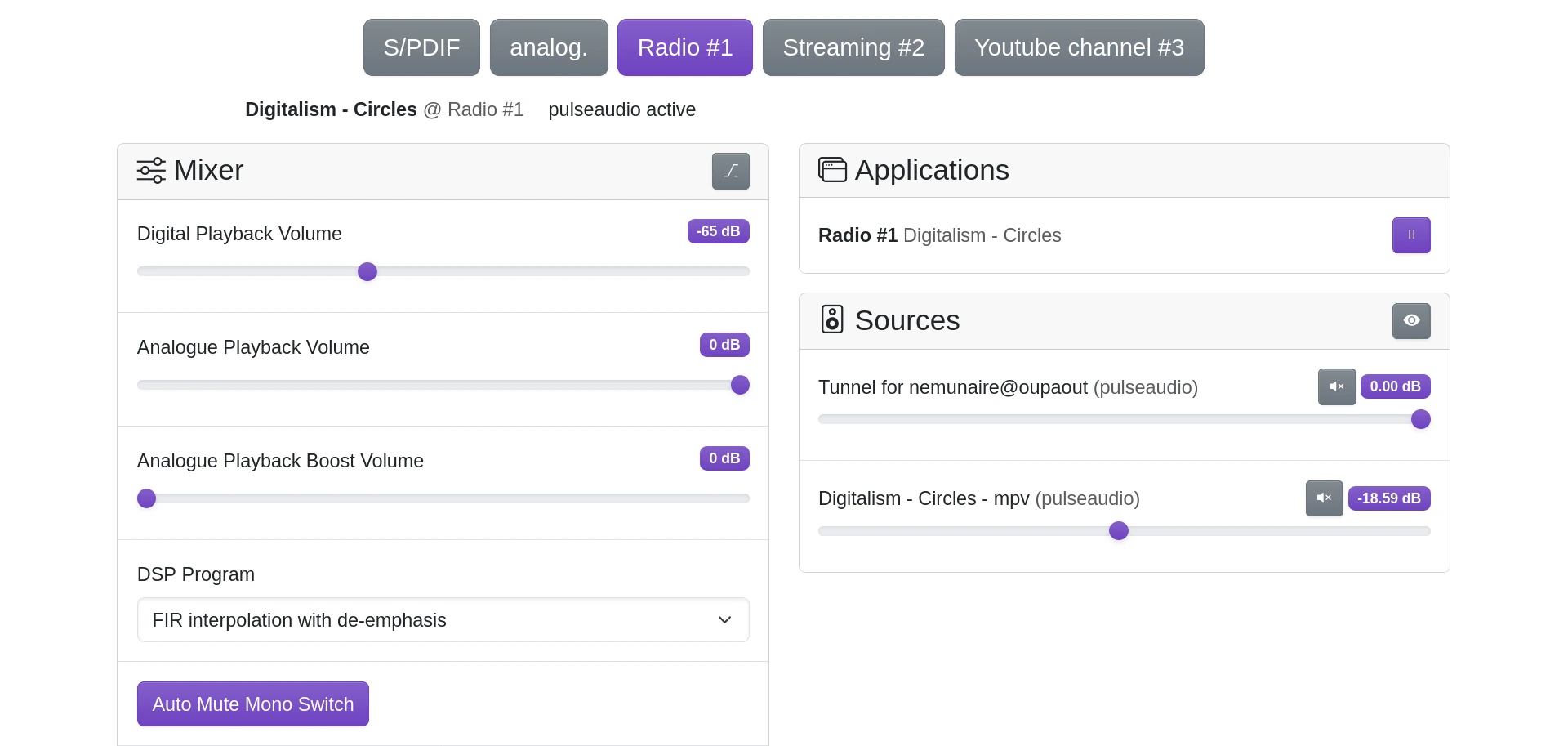Remember when listening to music was as simple as pressing a single button? Those days when you’d walk into a room, flip a switch on your amplifier, and instantly be surrounded by your favorite tunes? There was something magical about that simplicity—no computers to boot up, no apps to navigate, no complex digital interfaces to wrestle with.
The Problem with Modern Audio Systems
As our music collections went digital and streaming services became the norm, we gained incredible access to virtually unlimited music libraries. But something was lost along the way: simplicity.
Today’s typical listening experience involves multiple steps:
- Turn on your computer or grab your phone
- Launch a specific application or web browser
- Navigate to your preferred streaming service
- Need to remember your credentials
- Search for a playlist or album
- Connect to the right output device
- Finally start listening
For those of us who grew up with traditional HiFi systems, this complexity can be frustrating. What used to be a seamless, one-button experience has turned into a multi-step technical process that creates friction between us and the music we love.
The Birth of Hathoris
This frustration, combined with my passion for DIY audio projects, led me to create Hathoris—an open-source solution designed to bring back that “one-button simplicity” while embracing modern technology.
Hathoris is a web interface and an API for controlling audio amplifiers running on Linux. It bridges the gap between modern digital audio sources and the intuitive control we’ve been missing from traditional HiFi systems.

Key Features
Multiple Audio Sources
Hathoris supports both physical and virtual audio sources:
- Physical inputs like S/PDIF and analog line-in
- Virtual sources including web radio, streaming services, and local or remote media files
This flexibility means you can connect traditional components alongside digital sources, all controlled through a single interface.
Advanced Sound Control
Take full control of your audio experience with:
- Master volume adjustment
- Stereo balance control
- Treble, bass, and surround settings (on supported hardware)
- Per-input volume control for perfect mixing
All Alsa controls are displayed in the interface.
Network-Wide Control
Share your HiFi system with everyone in your household:
- Control your system from any device with a web browser
- or allow another device to activate a source (e.g. when Kodi starts up, why not directly select the source linked to it)
- No need for special apps
Media Player Integration
Hathoris integrates with various media applications to display current track information and provide playback controls for:
- AirPlay devices (via shairport-sync)
- MPRIS2-compatible applications (like Firefox, VLC)
mpvand other media players
The Technology Behind Hathoris
Hathoris is built for performance and efficiency:
- Backend: Written in Golang for speed and reliability when talking with the sound subsystem
- Frontend: SvelteKit for a fast and responsive, modern interface
- Audio Stack: Integrates with PulseAudio/pipewire-pulse for sophisticated audio routing and control
For my personal setup, I use:
- A Raspberry Pi Zero with a DigiAMP+ HAT
- A Voltastream AMP1
Getting Started with Hathoris
I’ve made it as easy as possible to deploy Hathoris in your own environment:
Prebuilt Binaries
Download ready-to-use binaries for:
- Raspberry Pi (all models from 1 to 5, including Zero)
- Voltastream
- Common computer architectures (x86_64, ARM)
Docker Deployment
For containerized environments, use the Docker image:
docker run -p 8080:8080 --device /dev/snd \
-e PULSE_SERVER=unix:/run/pulse/native \
-v ${XDG_RUNTIME_DIR}/pulse/native:/run/pulse/native \
-v ~/.config/pulse/cookie:/root/.config/pulse/cookie \
-v ~/.config/hathoris:/var/lib/hathoris \
nemunaire/hathoris:1
Future Development
While Hathoris already fulfills my original vision of bringing back the simplicity of traditional HiFi systems, there’s always room for improvement:
- Integration with Subsonic API to play already made playlists
- In-browser configuration editor
- Support for additional hardware configurations
Open Source Project
As an open-source project, Hathoris thrives on community input and contributions. Whether you’re a seasoned developer or an audio enthusiast with ideas, your participation is welcome.
You can find the project on GitHub where you can:
- Report bugs and request features
- Contribute code or documentation
- Share your setup and configurations
Simplicity Doesn’t Have to Be Sacrificed
The digital revolution brought us amazing capabilities but often at the cost of simplicity. With Hathoris, I wanted to prove that we can have the best of both worlds—the vast libraries and flexibility of digital audio alongside the intuitive, frictionless experience of traditional HiFi systems.
Now, whether I’m at my desk or relaxing on the couch, I can start or change my music with ease—just like in the good old days, but with all the benefits of modern technology—you don’t even have to get up to return the cassette in the player!
If you’re tired of the complexity of today’s audio solutions and long for that “just press play” experience, give Hathoris a try. Your ears—and your patience—will thank you.